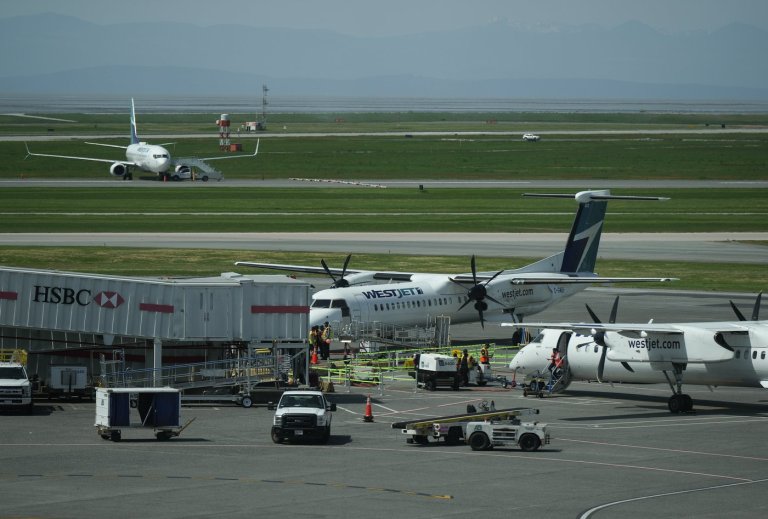Alberta CN train car derailment caused by track problems, heavy traffic: TSB
EDMONTON – A report blames the derailment of CN freight cars in Alberta on track problems caused by heavy rail traffic, including increased shipments of dangerous goods such as crude oil.
The Transportation Safety Board says 20 cars, including 17 carrying diesel fuel residue, derailed on June 11, 2014, near the hamlet of Faust on the shores of Lesser Slave Lake.
The report says nothing spilled and there were no injuries, but it notes the train was also hauling 20 cars of crude oil that did not derail.
The safety board report also says the track shifted and buckled under the train, partly because of repeated pressure and braking action from other trains over time.
“The condition of the track could not handle the traffic levels that had increased significantly on this corridor since 2013, in advance of the recommended infrastructure improvements” reads the report released Tuesday.
“If the impact of increased traffic levels on track infrastructure is not adequately assessed or mitigated, the risk of derailments will increase.”
The safety board says there were a total of six derailments in the region in the spring and summer of 2014 — all of which involved track-related failures.
The derailments caused concern among people in communities in the area, says the report, noting the lake is an important water and recreation resource.
Freight traffic along rail corridors in the region, including shipments of grain, almost doubled between 2012 and 2014, according to the report.
It also shows the number of rail cars loaded with dangerous goods that rolled through the Slave Lake rail subdivision jumped to almost 24,000 last year from 4,138 in 2010.
“Loaded dangerous goods tank cars accounted for the largest portion of the increased traffic on these lines, with crude oil shipments making up most of this increase.”
The TSB report says Canadian National (TSX:CNR) has bolstered restrictions on train braking to prevent track damage. The company has also increased testing, inspections, monitoring equipment and maintenance of the tracks.
Patrick Waldron, a CN spokesman, declined to discuss the findings.
“I am going to decline comment on the report other than to point to the safety actions that have been taken, which have been outlined at the end of the TSB report,” he said from Montreal.
Following an oil-train explosion that killed 47 people in Lac-Mégantic, Que., in 2013, the TSB recommended that railways better plan for the movement of dangerous goods and the risk they pose.
Last year, the safety board said that transportation of flammable liquid by rail poses the greatest risk to Canada’s transportation system.
Join the Conversation!
Want to share your thoughts, add context, or connect with others in your community? Create a free account to comment on stories, ask questions, and join meaningful discussions on our new site.














Leave a Reply
You must be logged in to post a comment.